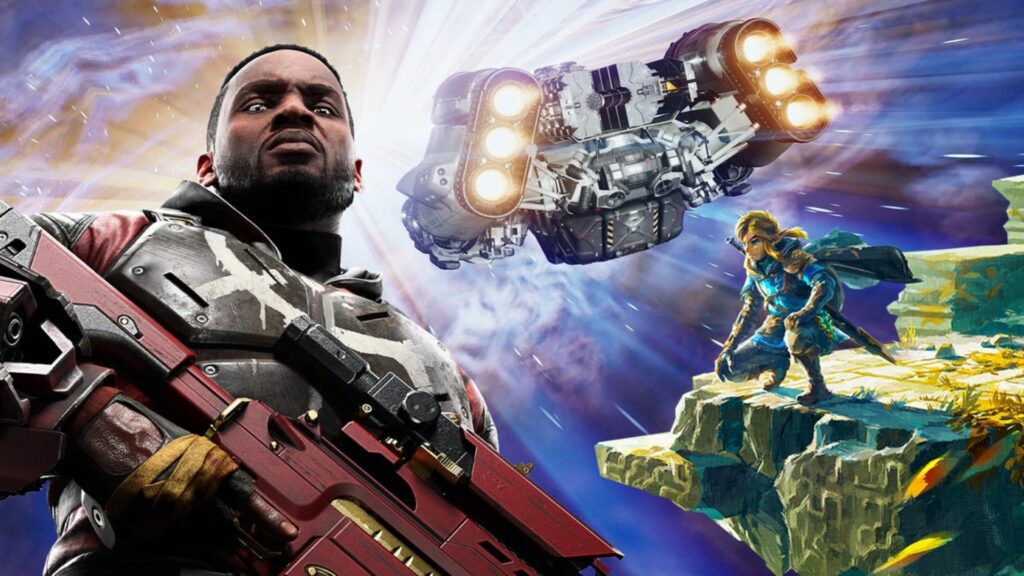The process of creating a video game involves conceptualization, engineering, art direction, testing, and release. The initial concept is developed through brainstorming, researching the market and identifying gaps or niches. The engineering aspect involves designing the game mechanics, creating physics models, and programming the game engine, while artists create the game’s visual assets. Testing identifies bugs and glitches, balances gameplay, and ensures that the game works as intended. Finally, promotional materials are created before the game is released to the public. Understanding the process can provide valuable insight into pursuing a career in game design.
Game Design in Action: A Look at the Making of Popular Video Games
Introduction
Video games have become a ubiquitous part of modern entertainment, and the process of designing and creating them has come a long way since the early days of the industry. From simple two-dimensional games to complex, immersive worlds, the art and science of game design has evolved rapidly. In this article, we’ll take a closer look at how game designers go about creating the games we love.
Conceptualization
The first step in creating a video game is coming up with the initial concept. This can involve brainstorming ideas, researching the market to see what kinds of games are currently popular, and identifying gaps or niches that can be filled with a new game. Once the idea has been solidified, the development team will create a rough visual design of the game, including storyboards and sketches, to help them flesh out the concept and get a sense of the look and feel they want to achieve.
Engineering
The next step is engineering, where the nuts and bolts of the game are created. This involves designing the game’s mechanics, creating physics models, and programming the game’s engine. This is the most technical aspect of game design and can involve dozens of people working together to ensure that everything runs smoothly.
Art Direction
At the same time, artists will be creating the game’s visual assets, including character models, backgrounds, and animations. This is a highly creative part of the process and requires a great deal of talent and vision. The art assets must be designed to work seamlessly with the game’s mechanics and complement the overall look and feel established in the conceptualization phase.
Testing
Once the game engine and art assets have been developed, the game is tested extensively. This can involve internal testing by the development team, as well as external beta testing by a select group of players. The purpose of testing is to identify bugs and glitches, balance the gameplay, and ensure that the game works as intended.
Release
Once the game has passed through testing and all the final adjustments have been made, it’s time to launch. This involves creating the promotional materials, writing press releases, and pitching the game to reviewers and influencers. If all goes well, the game will be released to the public and gamers around the world will have a chance to enjoy the hard work that went into its creation.
Conclusion
Creating a video game is a complex process that involves many different disciplines, from writing and storytelling to engineering and art direction. By understanding the different stages of the process, gamers can gain a greater appreciation for the effort that went into creating their favorite games. And for those interested in pursuing a career in game design, understanding the process can provide valuable insight into what it takes to succeed in this exciting and constantly evolving field.
